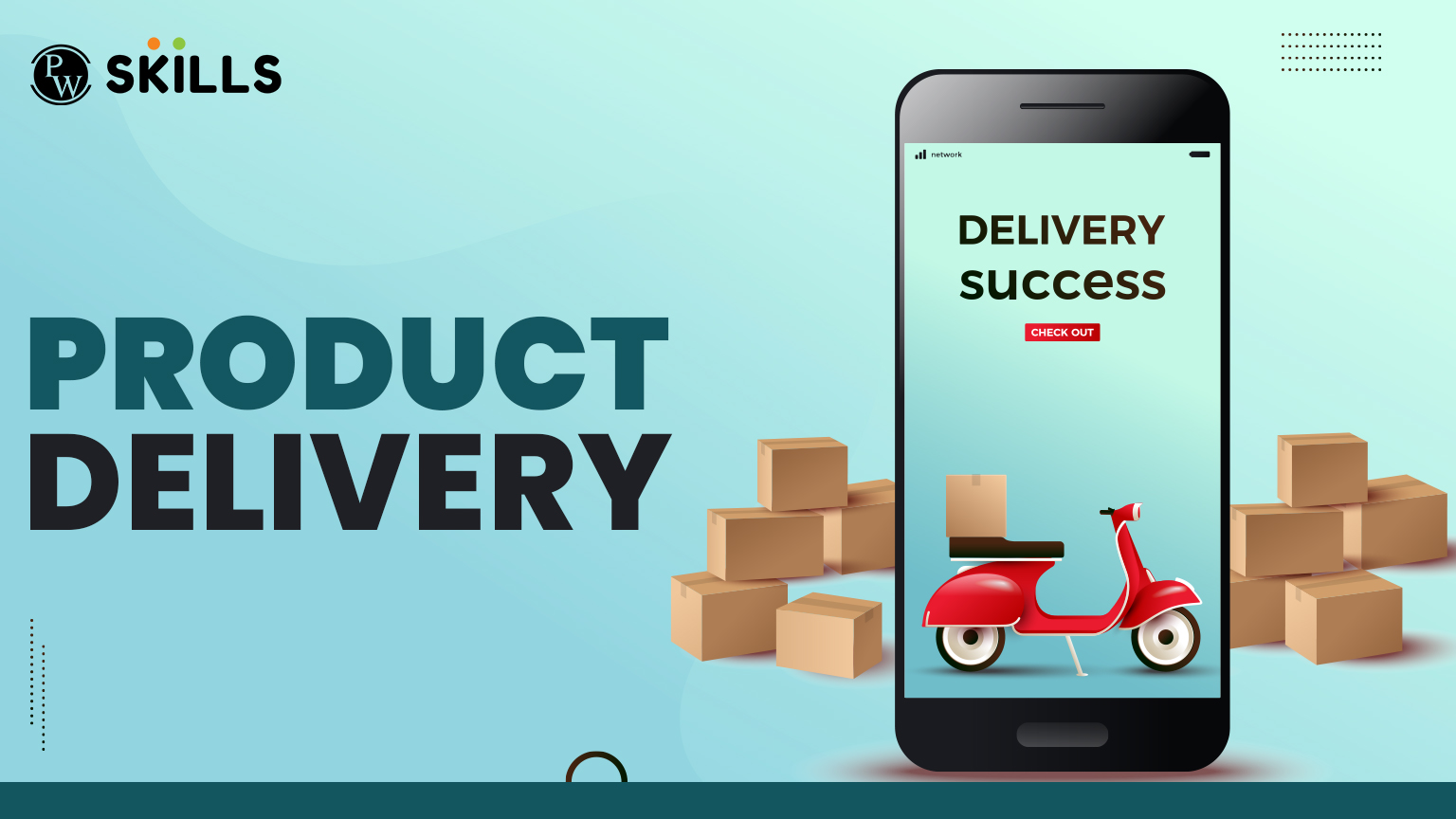Product delivery plays a very important role in an organisation’s success in today’s fast paced scenarios where competition is very high and each stage of the product development cycle plays a very important role for product success as well as companies reaching their objective.
Efficient and timely product delivery is important for driving growth, meeting customer expectations, and maintaining profitability. This blog will cover everything you need to know about product delivery, various stages and efficient ways to structure product delivery.
What Is Product Delivery?
Product Delivery is a set of activities taken in order to transport a product to the client from organisation i,e. Point of origin to the end customer. It is the entire process of getting a finished product into the hands of the customer. Organisation ensures quality assurance, packaging, and logistics involved in the product distribution and handover.
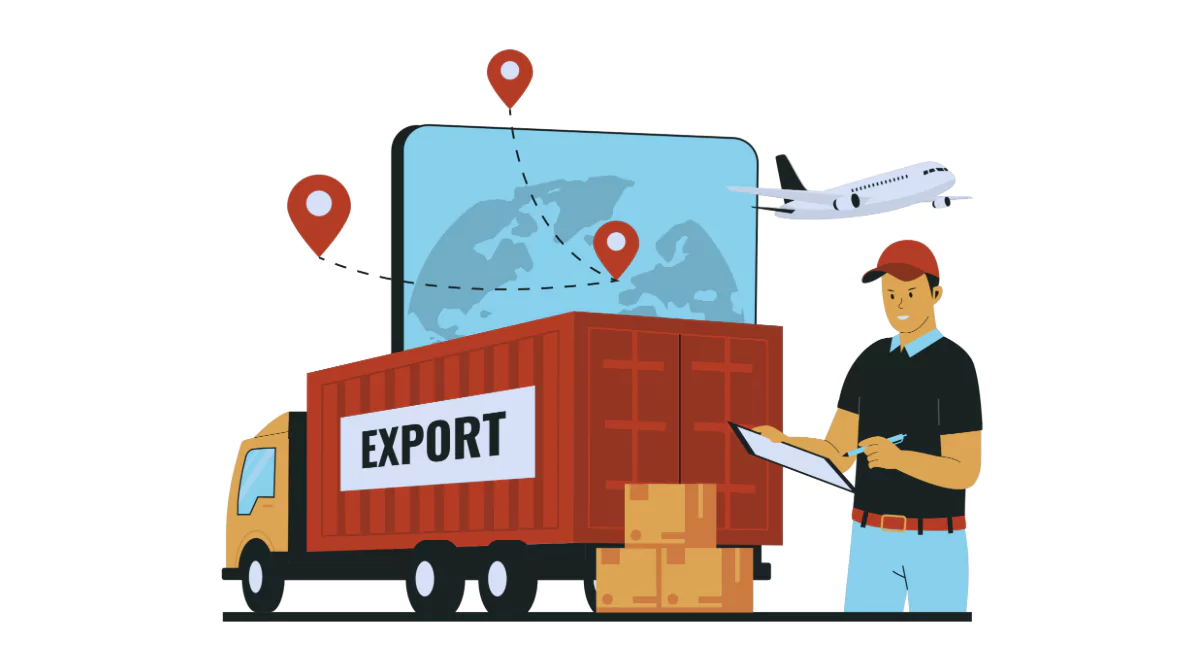
In the Tech field, product delivery means releasing software or concerned features to users or the public after they have been built and tested. Product updates and delivery often take place through deployments, app updates or system rollouts.
Read More: Product Development LifeCycle: Explained [Oct 2024]
Product Delivery Objective
The objective of product delivery is to ensure that a product reaches the customer on time, in perfect shape and quality as promised. It also makes sure that the product delivers value and solves issues of users as promised.
- Product delivery ensures timely delivery
- It also delivers quality assurance i,e. Free of defects, meet all specifications, perform as expected.
- The ultimate goal of product delivery is to ensure customer satisfaction by promising a smooth, reliable and pleasant experience from purchase to delivery of the product.
- Also, provide the status of the order, tracking information, and other crucial information from dispatch till the product reaches the customer.
Product delivery is a crucial task to win trust and ensure product success for the long run. After the product is released in the market it is important to monitor and keep optimising it. All bugs, fixes, and feedback must be taken seriously and solved at the earliest.
Major Stages Involved In Product Delivery
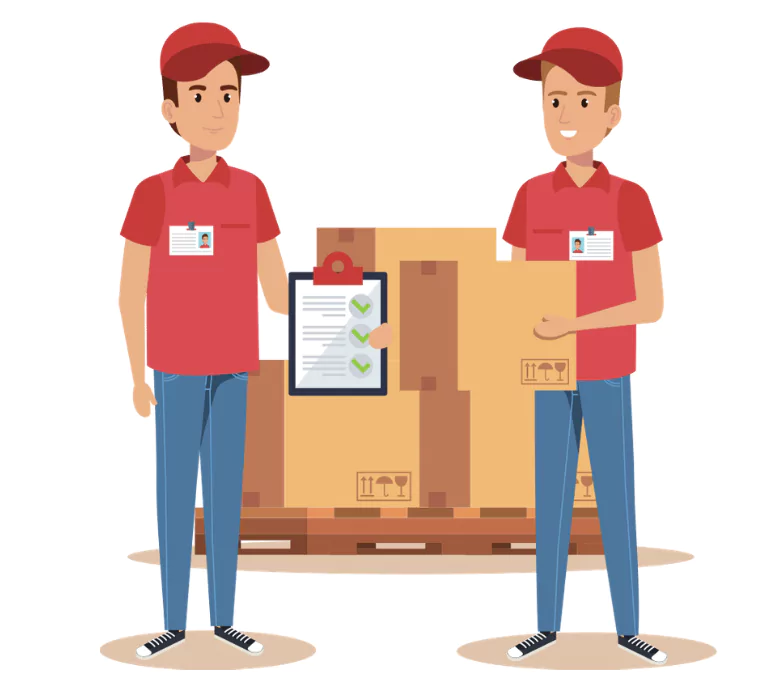
Product delivery varies depending on the companies, processes, and type of workload, and much more. However, some standard stages of product delivery are mentioned below.
Ideation
In this stage product is in the first stage where the product owners and teams conduct research, collect data, analyse competitors and perform many activities to deliver the idea of the product with all necessary details including the method, resources, team, and more required for the entire product development journey.
Development
This is the stage where the product starts to build with crucial stages like design, code, and testing of the product is performed in this stage of the product development life cycle.
During the coding stage product functions are implemented and the testing stage ensures that the product features are all working and ready for the next stage.
Release
Once the product is ready after passing the testing stage it is time to release it. This can be a very crucial process in the entire product development life cycle. Product release must be carefully planned and executed to ensure success of product in the market.
Read More: What Is an AI Product Manager? Venn Diagram, Roles, & Manifestos
Who Is a Product Delivery Manager?
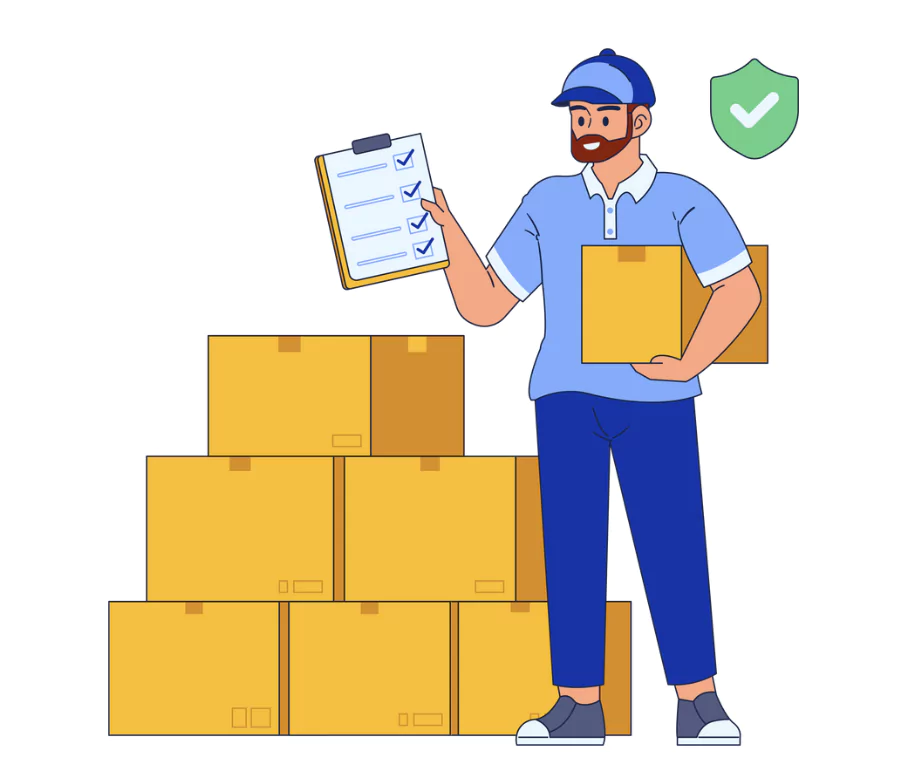
A Product delivery manager is a personnel who heads the entire product delivery process. They are responsible for ensuring everything goes as planned, all features are properly implemented, interfaces are interactive and solves the issues of the users in the most effective way possible. Product delivery is a crucial stage for success of a product.
- The product delivery manager ensures that the entire product delivery process goes smoothly.
- They plan the entire product delivery process and its flawless execution throughout.
- They oversee the entire product delivery process managing project delivery schedules, required budgets and resources.
- Product delivery managers keep updates of ongoing or scheduled product delivery and also keeps the stakeholder up to date with the complete process throughout.
- They also need to keep proper coordination with other teams including product teams, development teams, and more.
- A product delivery manager must have strong product management skills to handle any unexpected issues and area of concerns flawlessly.
Steps Involved In Product Delivery Process
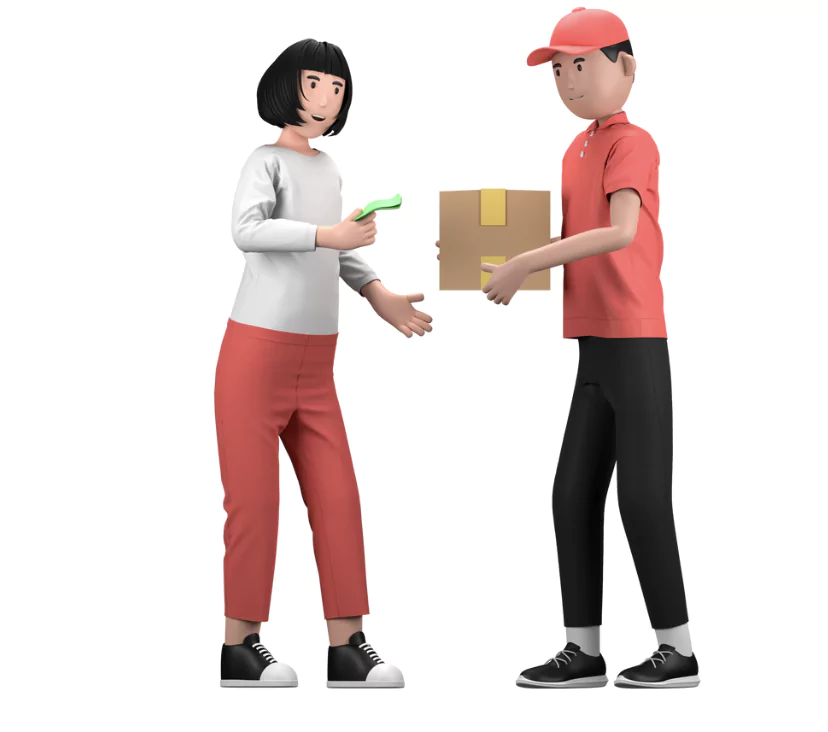
Product delivery goes through a series of steps to ensure effective and timely delivery of the items to the customers.
Order Processing
In this stage, the product delivery phase starts when the customer has already placed an order and the seller successfully received, verified and confirmed the order requirements. The complete product details including product type, address, quantity is checked and ensured that the seller have the items available in stock.
After the order gets confirmed, the customer also gets a notification on their application. Most companies keep an automated order management system which ensures speed and keeps errors in check. Efficient order processing sets the foundation of the product as users get a smooth delivery experience with timely updates about the product.
Read More: Product Line : Meaning, Types, Advantages, Disadvantages and Working
2. Inventory Management
After the order gets confirmed the system checks the entire product availability in the inventory. It is important that organisations keep the inventory stock details updated to ensure an efficient timely dispatch. Various applications are available in the market which can track the stock levels, manage reorders, keep the overstocks and stockouts in check.
Businesses often use different inventory softwares to streamline this inventory management steps ensuring faster fulfillment and customer satisfaction.
3. Packaging
Packaging is the next step after inventory confirmation and one of the most important in product delivery. A good packaging ensures that the product reaches the customer safely in completely new and unharmed conditions. Packaging materials and techniques are decided based on the type of products to be delivered.
Some brands often take packaging as a part of their marketing strategy carefully deciding its design and look to make the product look overall catchy and attractive. Packaging includes selecting the right box, size, cushioning material, labeling, tracking, and more.
4. Shipping
After careful packaging of the product now it’s time to hand the product to the courier who will be responsible for the product exactly in the hands of the user or buyer. There are many courier services and brands must choose one with the most outstanding records.
Shipping can either be on the same day, one day delivery, weekly delivery, international delivery, and more. Most courier services provide tracking information to keep customers as well as sellers updated with the exact location of the transit in real time.
5. Delivery
At this stage the product is handed over to the right customer in the right location. Good condition and no damage to the product is important for customer satisfaction and avoiding order reuters.
This stage is very important because it builds the customer’s trust and gives them a pleasant experience with the entire product booking to delivery journey. Delivery services that are fast, and reliable wins good reviews, customer satisfaction and trust.
6. Returns Management
There might be situation where customers want to return the product and it is the duty of the brand to ensure smooth return service if the product delivered to the customer is in damage condition, incorrect size, or the customer is not satisfied with the quality received.
Return management goes through a series of steps where brands receive the product, inspect it thoroughly and then process the refunds back to the customer’s account. A hassle-free return policy can greatly enhance brand reputation and encourage repeat business.
Read More: What Is a Product Specialist? Types, Roles, Skills
Product Delivery Methods
There are many ways in which a product can be delivered to the customer. Let us know some common methods below.
1. Agile Product Delivery
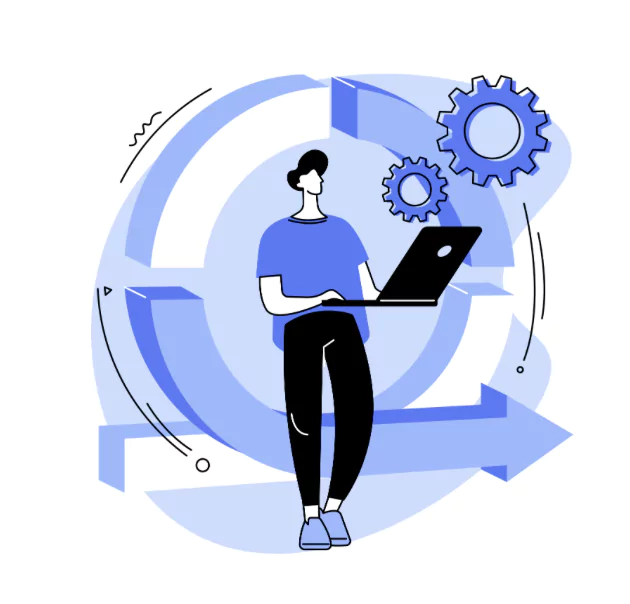
Agile product delivery methods involve breaking down a complex product development process into short cycles called sprints. These sprints last between 2 to 4 weeks. With agile method close collaboration is possible, a greater emphasis is kept on the customers feedback and improvisation is planned accordingly. All sprints are well defined and ensure an effective approach. Hence, it is one of the most popular product delivery methods.
2. Lean Product Delivery
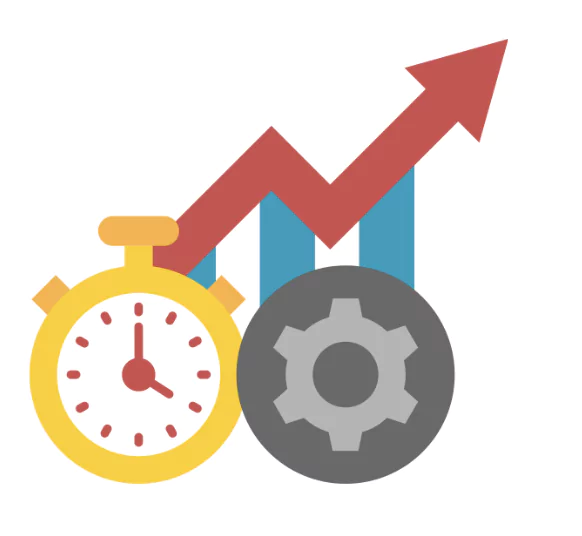
This product delivery method is based on minimising waste and maximising the quality of the product development process. It focuses on delivering products that customers actually need. This method focuses on continuous improvement through incremental changes and emphasis is always on delivering customers the value they paid for.
3. Waterfall Product Delivery
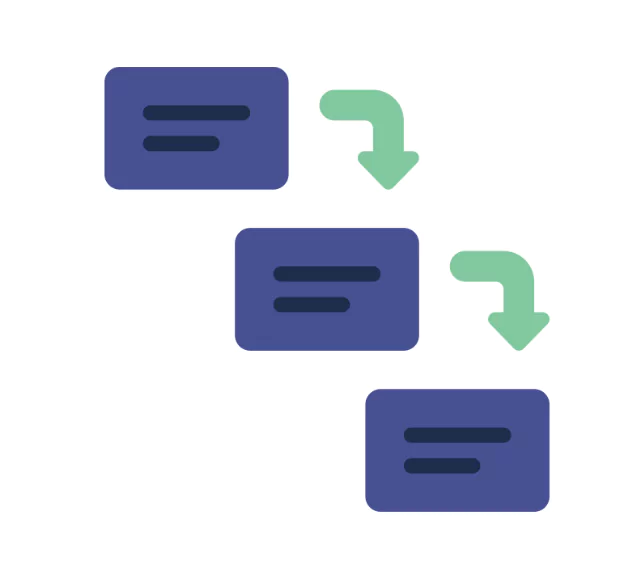
This method is a linear and simple sequential approach where product development proceeds ahead in a well defined set of phases. It offers limited flexibility for changes. If the product development is stable, the waterfall method is good to go.
Major Challenges In Product Delivery
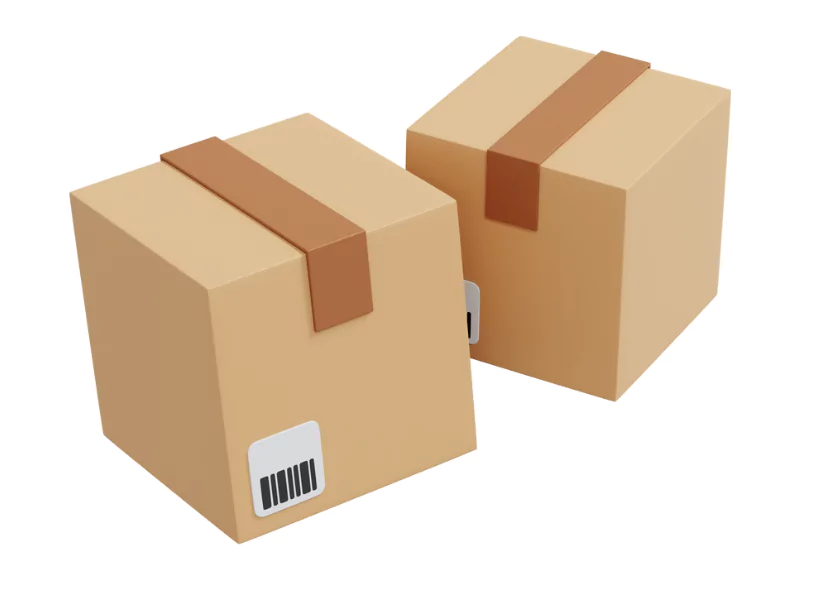
Despite giving it all for smooth product delivery companies often faces some major changes.
- Customers’ expectations are much higher and sometimes fulfilling it can be a lot challenging.
- Inventory management is a tough task where overstock can lead to wastage and understock can lead to order cancellation and bad impact.
- Managing logistic routes, and service levels can be complex and time consuming.
- The number of orders reaches its peak especially during the popular events such as holi, diwali, and others. Meeting these spikes can be challenging.
- There is a rising case of package theft which throws an additional cost for sellers and bad experience for buyers.
- International product delivery is often more complex with requirements such as duties, taxes, regulations, and more.
Also Read:
- Product Analytics 101: Definition, Metrics & Tools
- What Is Product Failure? Definition and Prevention Tips
- What is Product Pricing? Objectives, Types, and Factors
- Product Mix Strategy | Definition and Overview
Become Pro In Product Management With PW Skills
PW Skills is here with the latest and trending Product Management Course suitable for anyone who wants to start their career in product management. This complete product management course is based on the latest industry curriculum including interactive learning tutorials, live sessions, real world capstone projects, case studies, interview preparation and more.
Need More Perks?
- Get module wise industry based case studies for better understanding and practical experience
- Build PRD from scratch with the product mindset and effective practice in mind
- Get real world capstone projects to apply skills you learned during the course.
- Boost your productivity by 10x with AI in product management roles.
- Prepare for your bright future in product management with career support and interview preparation.
- Get diverse opportunities in product management role in top companies.
Delivery of Product FAQs
Q1. What is product delivery?
Ans: Product Delivery is a set of activities taken in order to transport a product to the client from organisation i,e. Point of origin to the end customer. It is the entire process of getting a finished product into the hands of the customer.
Q2. How to ensure effective product delivery?
Ans: Some major steps such as order processing, inventory management, packaging, shipping, delivery, return management ensures a proper and smooth product delivery.
Q3. What is the goal of product delivery?
Ans: The objective of product delivery is to ensure that the product reaches the customer on time, in perfect shape and original quality as promised.
Q4. What is the product delivery strategy?
Ans: A product delivery strategy includes making an effective well researched plan to ensure smooth and proper delivery of the product to the buyer in original condition.

